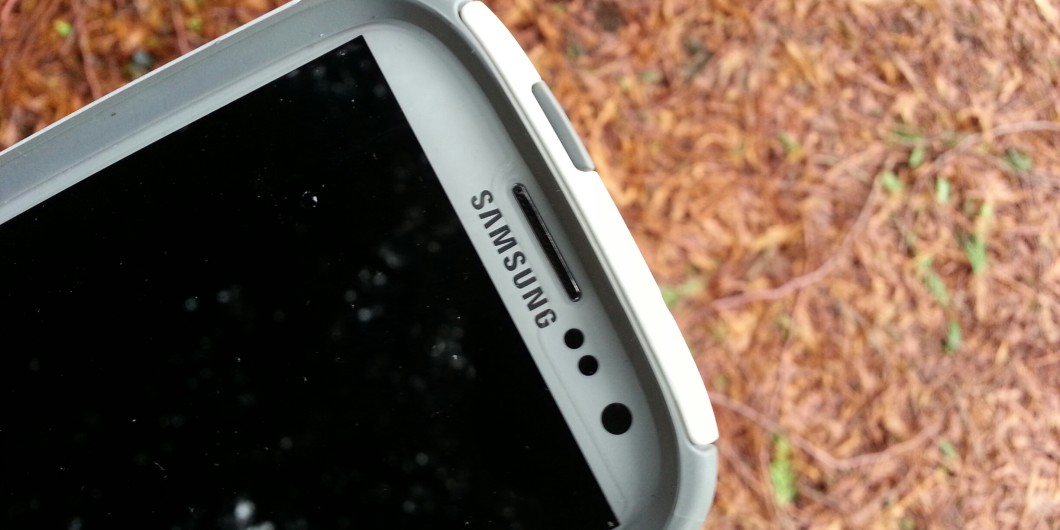
“I’m going to rock out the rest of the way.”
And with that my hiking companion popped in a pair of iPhone ear buds, canceling out the sound of chattering birds and rustling cedar branches around us. I just shook my head.
That was a few years ago, when I viewed mobile technology with all the snobbery of a PhD-carrying barista. I was above it; wouldn’t even consider taking a digital device with me into the backcountry. Smartphones were designed for yuppies and squealing teens with rich dads – they offered the outdoor explorer nothing, I thought.
But times have changed. Smartphones are commonplace and app developers have created software for every conceivable niche. That includes backcountry hikers.
From identifying wildlife and plants to posting status updates from jagged peaks, software designers are giving people more reasons to take their pricey devices into the wilderness. And many outdoor fanatics are eating it up.
Tour companies are seeing more trekkers packing smartphones with them as they scale cliffs or push through rainforests. Why not tweet from the mountain top if you’re able to?
But as more trekkers try out the latest apps, some outdoor gurus worry that less experienced hikers will put far too much faith in technology.
The gear item no one saw coming
John DeGrazio used to chuckle when he saw trekkers using their smartphones on the trail. Now he’s one of them.
The owner and lead guide of Yexplore Yosemite Adventures said the majority of his customers bring mobile devices with them on tours. It’s a big shift from five years ago.
“You still today have people who completely frown upon it, but it’s becoming that this is who we are as a society,” said DeGrazio, who maintains a blog where he showcases the benefits of taking a camera phone on hikes.
DeGrazio loves the versatility of camera phones, but he also recommends using field guide-like apps while out on the trails, such as iBirds. This program mimics bird calls to help people identify the species.
There are hiking apps that store maps and first aid information or can identify plants simply by uploading a photo. And the list will just keep growing.
Over the last couple years, more blogs have popped up highlighting the best hiking apps while software designers churn out more products. Obviously, the demand is there.
Use navigational hiking apps with caution
Several Aussie drivers had to be rescued after putting their faith in Apple’s flawed GPS map app in early December. They wanted to go to the City of Mildura; they ended up deep in the Outback, more than 70 kilometres off course.
It’s just one example of how GPS technology can lead people astray.
Of course, these type of problems aren’t exclusive to smartphone apps, but a decade ago you’d have to shell out a few hundred bucks for a GPS device. Today, people can download such programs onto their phones for next to nothing. And that means more inexperienced people could be tromping into the wilderness, putting far too much trust in their new $5 GPS hiking apps.
“Definitely do not rely on them and always have a map and a standalone compass,” said Degrazio.
John Regentin, director of experiential education at Pennsylvania’s Gettysburg College, agrees that relying on GPS is just asking for trouble. He urges people to build their backcountry skills instead.
“Essentially to me, it all boils down to this: do not let technology (phone or a GPS unit) trump one’s skill set,” said Regentin.
Yet, that doesn’t mean trekkers shouldn’t “play around” with some of the hiking apps available, he said.
You can have instant access to mapping, weather, and other useful data on your phone with the right program. Try them out and see what works for you. But remember: no amount of technology can ever replace proven outdoor skills and simple common sense.
When it doubt, forget the apps altogether and just use your smartphone to rock out on the trail. At least you won’t get lost.
Part one in the three-part series ‘Digital Gear,’ which focuses on the use of smartphones in the backcountry. Next week: ‘The 10 most useful hiking apps.’
What do you think?
Is it worth bringing your smartphone into the backcountry for multi-day treks? Leave a comment below.

